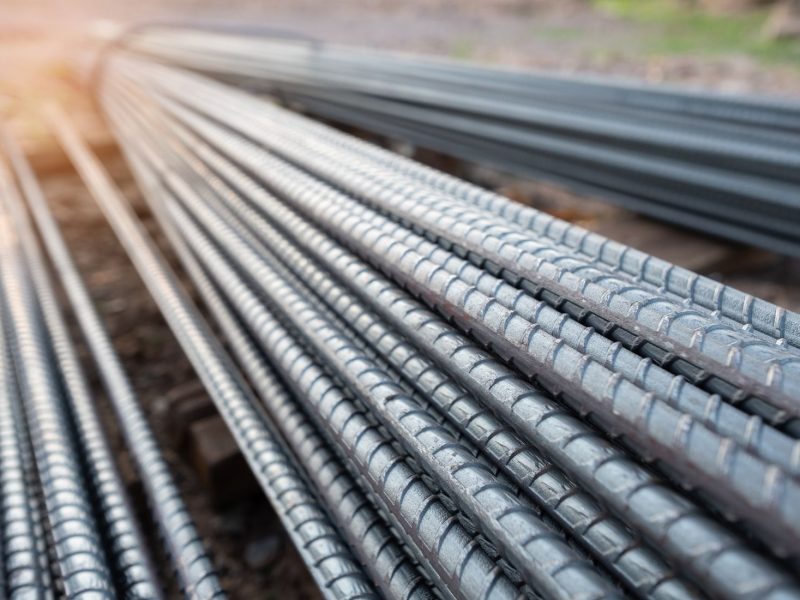
When it comes to industrial fabrication and architectural design, selecting the right material is critical for ensuring durability, aesthetics, and cost-efficiency. Two of the most widely used metals are aluminum and steel, both offering unique advantages depending on the project’s requirements. In this guide, we’ll compare aluminum and steel to help you make an informed choice for your industrial or architectural needs.
Strength and Durability
Steel is known for its exceptional strength and is ideal for heavy-duty applications such as structural frameworks, machinery parts, and rolling shutter assemblies. Its high tensile strength makes it a preferred choice where load-bearing capacity is crucial.
Aluminum, on the other hand, is lighter but still remarkably durable. It is naturally resistant to corrosion, making it ideal for outdoor applications like façades, doors, and window frames where exposure to moisture or harsh weather is a concern.
Weight Considerations
For projects where weight reduction is key, aluminum is the winner. Its lightweight nature reduces overall structural load, which is particularly important in transportation equipment, modular constructions, and modern architectural designs.
Steel is heavier, which can increase shipping costs and make handling more challenging. However, its sturdiness may outweigh the weight factor in certain heavy-duty applications.
Aesthetics and Design Flexibility
Aluminum is highly malleable and easy to shape into intricate designs, which makes it a go-to material for architectural panels, decorative trims, and custom metal products. It also offers a sleek, modern look with options for anodizing and powder coating to achieve various finishes.
Steel, especially stainless steel, provides a premium aesthetic with its polished, reflective surface. It’s commonly used in industrial interiors, furniture, and architectural details where a high-end metallic finish is desired.
Corrosion Resistance and Maintenance
Aluminum’s natural oxide layer provides superior corrosion resistance, requiring minimal maintenance over time. This property makes it suitable for coastal regions and outdoor applications.
Steel, unless treated or alloyed with protective metals (like chromium in stainless steel), is prone to rust and requires regular maintenance or coatings to prevent corrosion.
Cost-Effectiveness
When comparing raw material costs, steel is generally cheaper than aluminum, making it ideal for projects with budget constraints. However, aluminum’s lightweight nature can result in lower transportation and installation costs, which balances the overall expense.
Applications in Industrial and Architectural Projects
Aluminum: Window and door frames, curtain walls, roofing panels, transportation equipment, and decorative elements.
Steel: Beams, columns, heavy machinery, structural reinforcements, and rolling shutter assemblies.
Which Material Should You Choose?
The choice between aluminum and steel depends on:
- Load-bearing requirements (Steel for strength, Aluminum for lightweight applications)
- Environmental exposure (Aluminum for corrosion resistance)
- Aesthetic preferences (Both can be customized but offer different looks)
- Budget considerations
For industrial solutions where strength is paramount, steel often wins. For modern architectural needs where design flexibility and corrosion resistance are crucial, aluminum is the preferred material.
Conclusion
Both aluminum and steel have their unique strengths, and the right choice depends on the specific requirements of your project. At PI Engineering, we specialize in custom metal fabrication, helping clients select and work with the best material for long-lasting and visually appealing results.
